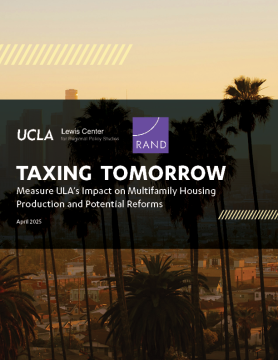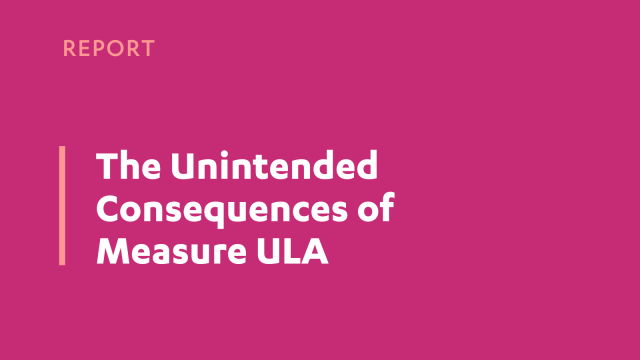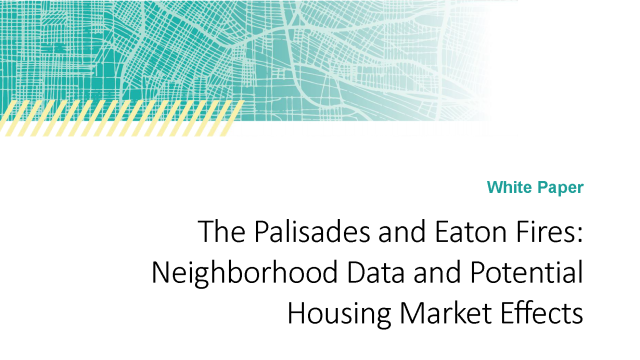Unveiling Latino Housing Insecurity in California
California faces a severe housing crisis, characterized by soaring rents, limited affordability, and increasing homelessness. Latinos, in particular, suffer disproportionately from housing insecurity, which is defined as a spectrum of housing precarity – ranging from homelessness to substandard living conditions. This report employs a mixed-methods approach to analyze housing insecurity in California. Its quantitative analysis introduces novel housing insecurity estimates, using data from the California Department of Education and the American Community Survey. Qualitative data from literature reviews and semi-structured interviews provide deeper insights into the factors driving housing insecurity and potential policy solutions.
The findings reveal a high prevalence of housing insecurity, especially among Latinos. In 2022, approximately 1.3 million Californians were housing insecure, significantly higher than the 820,961 in doubled-up housing in 2021 and nearly eight times the 171,521 counted as homeless in 2022. Latinos, comprising 39.5% of the state’s population, represent 68% of the housing insecure. The majority of housing insecure individuals reside in Southern California, with over 55% concentrated in Los Angeles, Orange, San Bernardino, San Diego, and San Bernardino counties, and Latinos account for 71.8% of this housing insecure population.
Ultimately, this analysis underscores the imperative of broadening the conceptualization of homelessness support to encompass a spectrum of services for those experiencing housing insecurity. By adopting the inclusive framework of housing insecurity, policymakers and stakeholders can develop tailored interventions to address some identified causes of housing insecurity, including housing affordability, access to transportation, culturally competent services, and immigration support.



